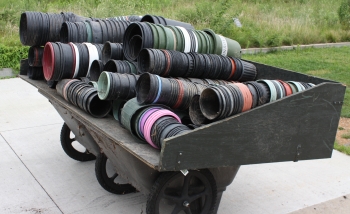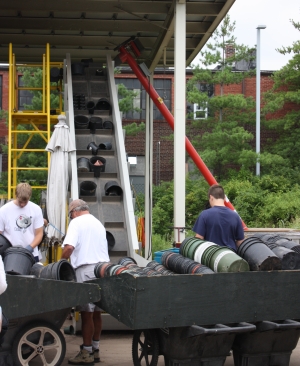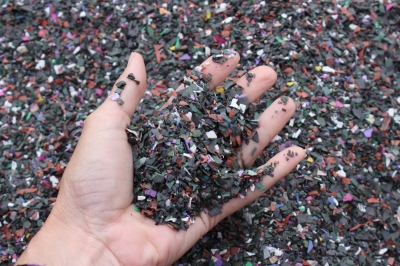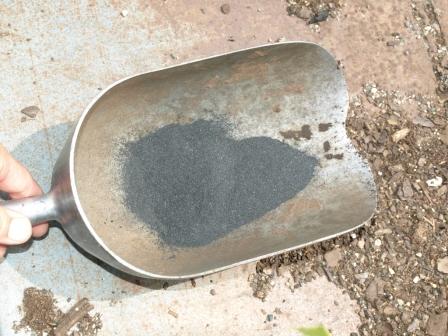
I guess today’s blog should be entitled “The Cranky Garden Professor.” Really, I’m not always cranky, and when I am I go outside to do something constructive in my garden. Last weekend I finally tackled a 5-gallon container of lavender that I’d bought several weeks ago. I had intended to wait until fall to transplant it, but I was watering it every day to keep it from wilting. I figured I might have better luck getting it into the soil where a good mulching would help keep the soil moist without daily watering.
So I carefully slid the lavender out of its pot and into my root-washing tub (Figure 1). (If you’re not familiar with root washing trees and shrubs, be sure to check out my web page. I’ve got a fact sheet and some myth columns on why it’s important to bare-root containerized and B&B woody plants before installing them in the landscape. Please visit www.theinformedgardener.com to access the entire site, or this link for a fact sheet.
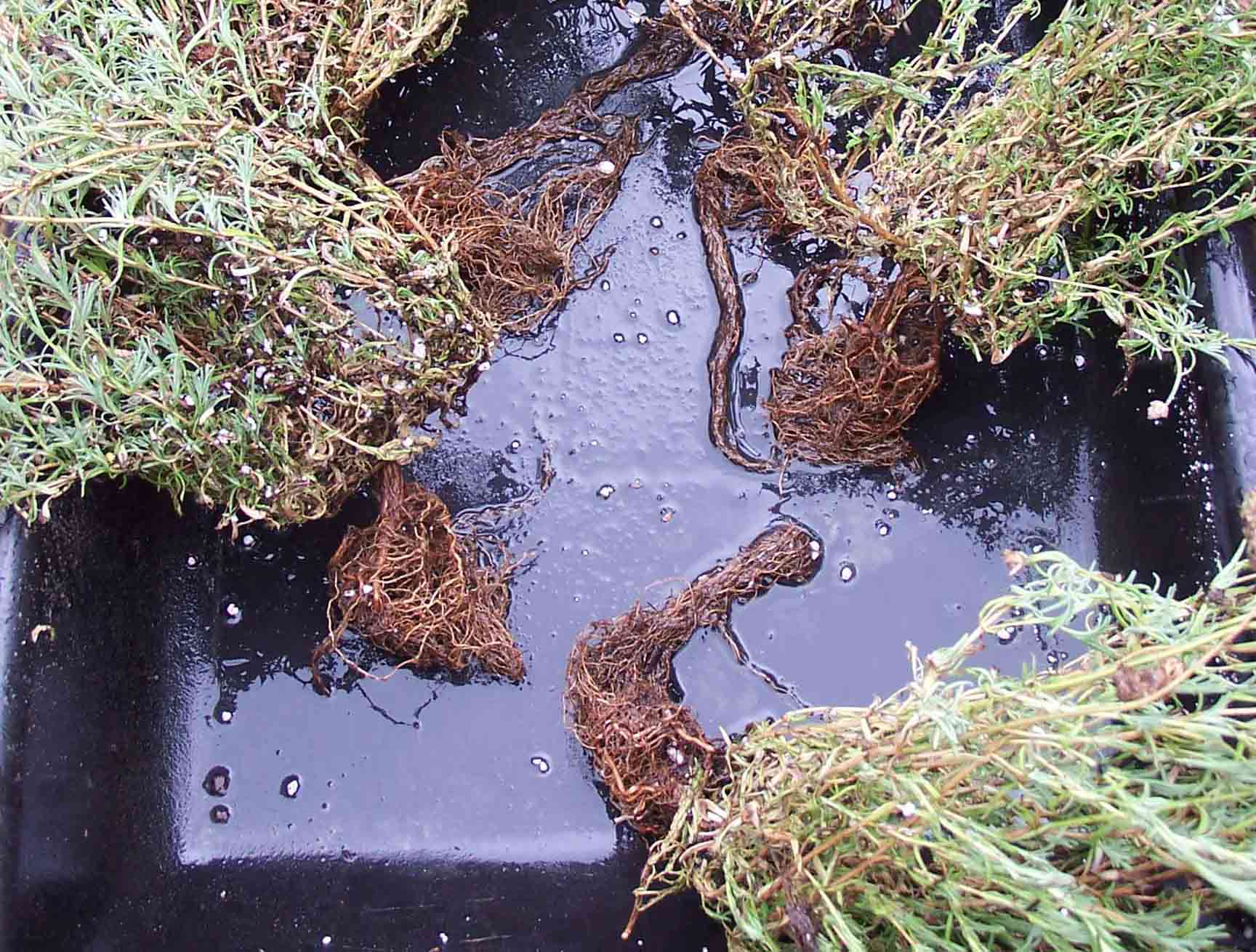
Figure 1. Five little lavenders.
As I worked the potting media out of the root mass, I suddenly discovered why I was using so much water to keep the lavender happy. It wasn’t one plant. It was 5 separate lavender plants all placed in the container to LOOK like one large plant. Worse, all 5 plants had some of the crummiest root systems I’ve ever seen (Figures 2-6). They were poked into the pot like little carrots. Most of the pot was filled with untouched potting media.

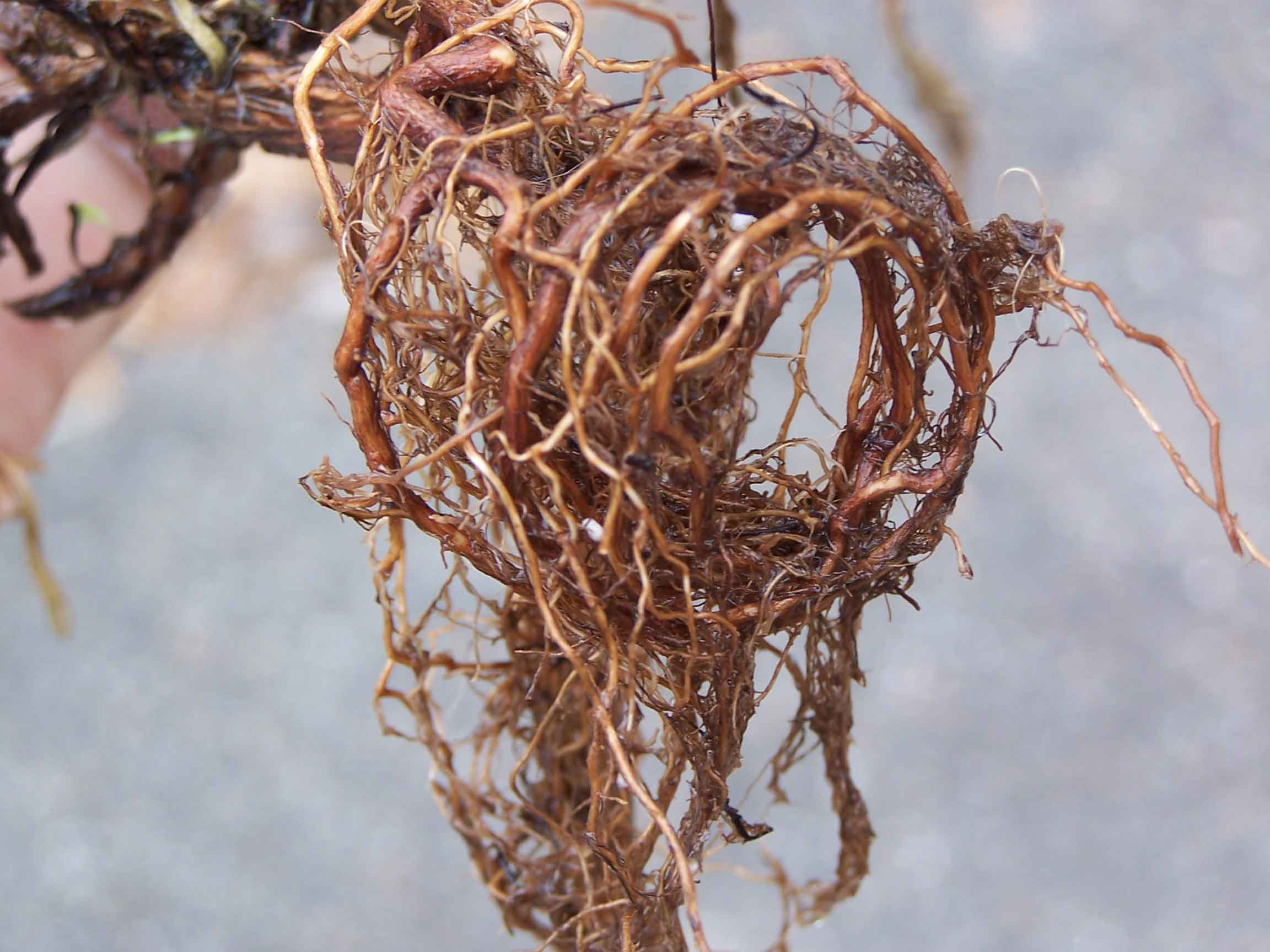
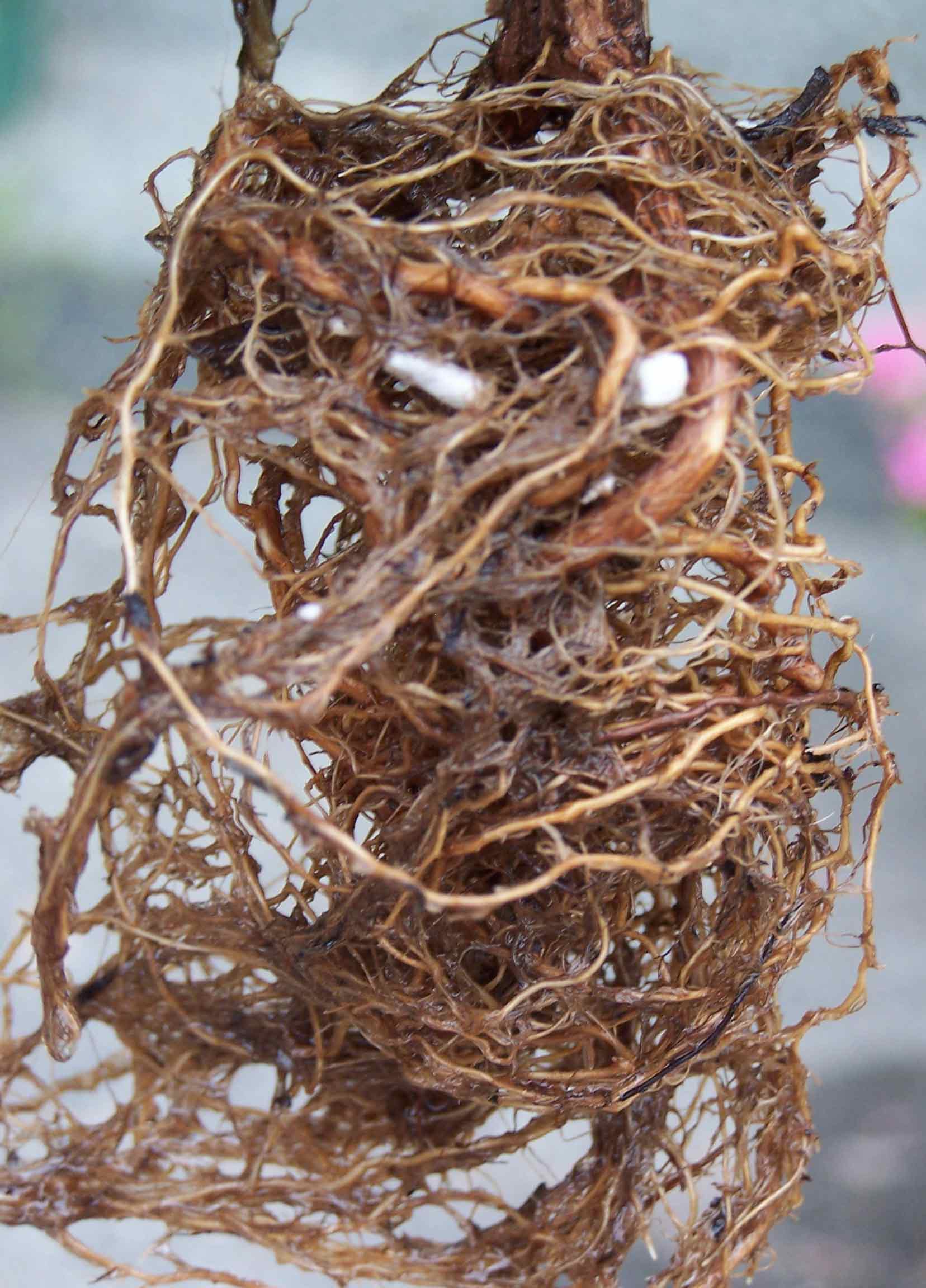

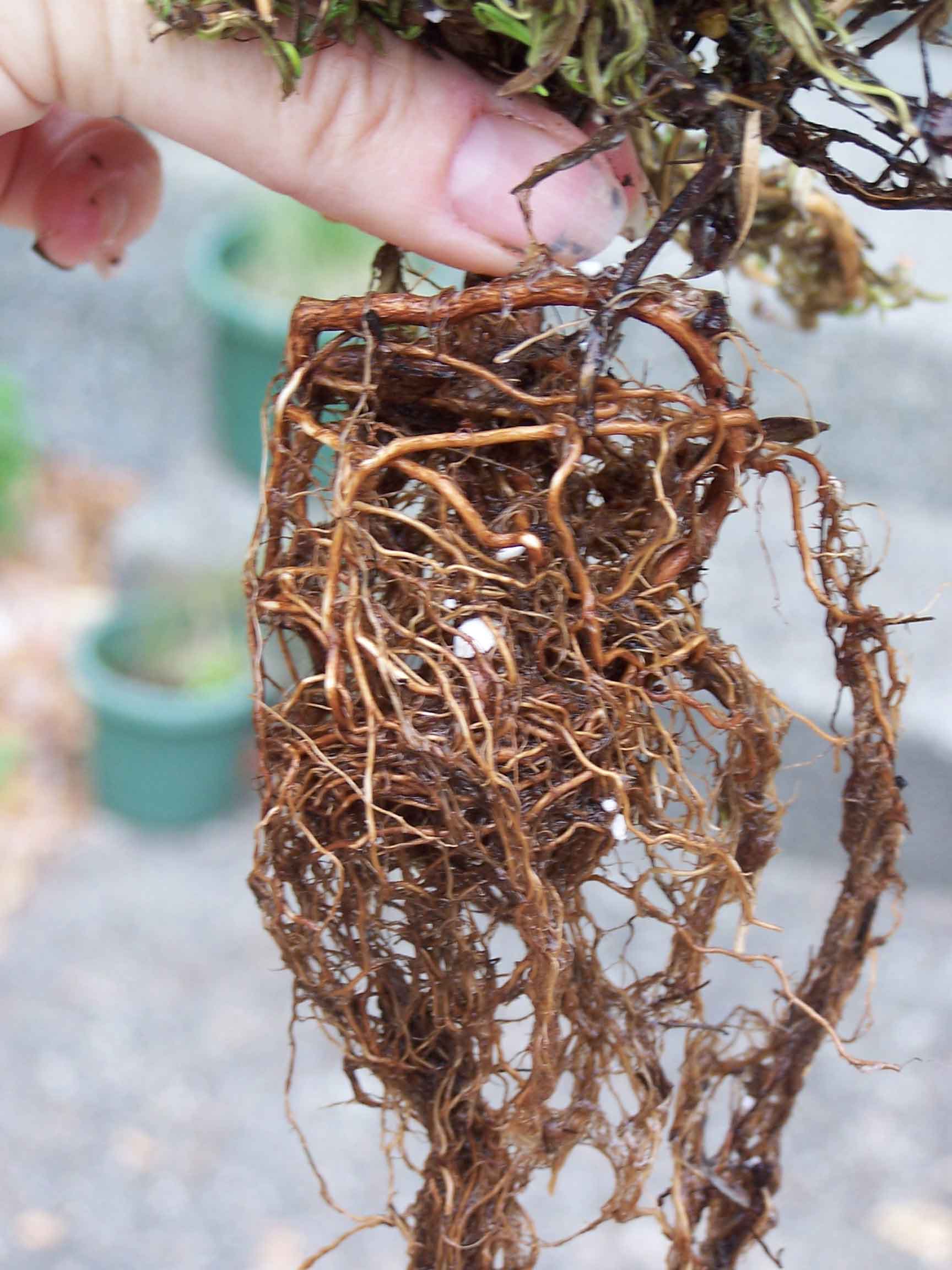
Figures 2-6. The beehive is back!
What you see in these figures are root systems that look like upside down beehives. They were obviously left in their original small pots too long and developed circling root systems. So rather than growing outwards into the soil, they stayed in these little spirals and eventually would fuse into woody knots. They don’t miraculously straighten out when they’re put into larger containers (or the garden). If they did, they would have rapidly spread throughout the big container to soak up all that water I was pouring on daily.
Sigh. Now I was cranky again. These lavender roots were just like those I’d seen on hundreds of landscape plant failures over the last 10 years. Since these roots were so tightly woven together there was little hope of untangling them. So I made one vertical cut through each of the root masses (Figure 7), spread them out horizontally (Figure 8), and planted them (Figure 9).
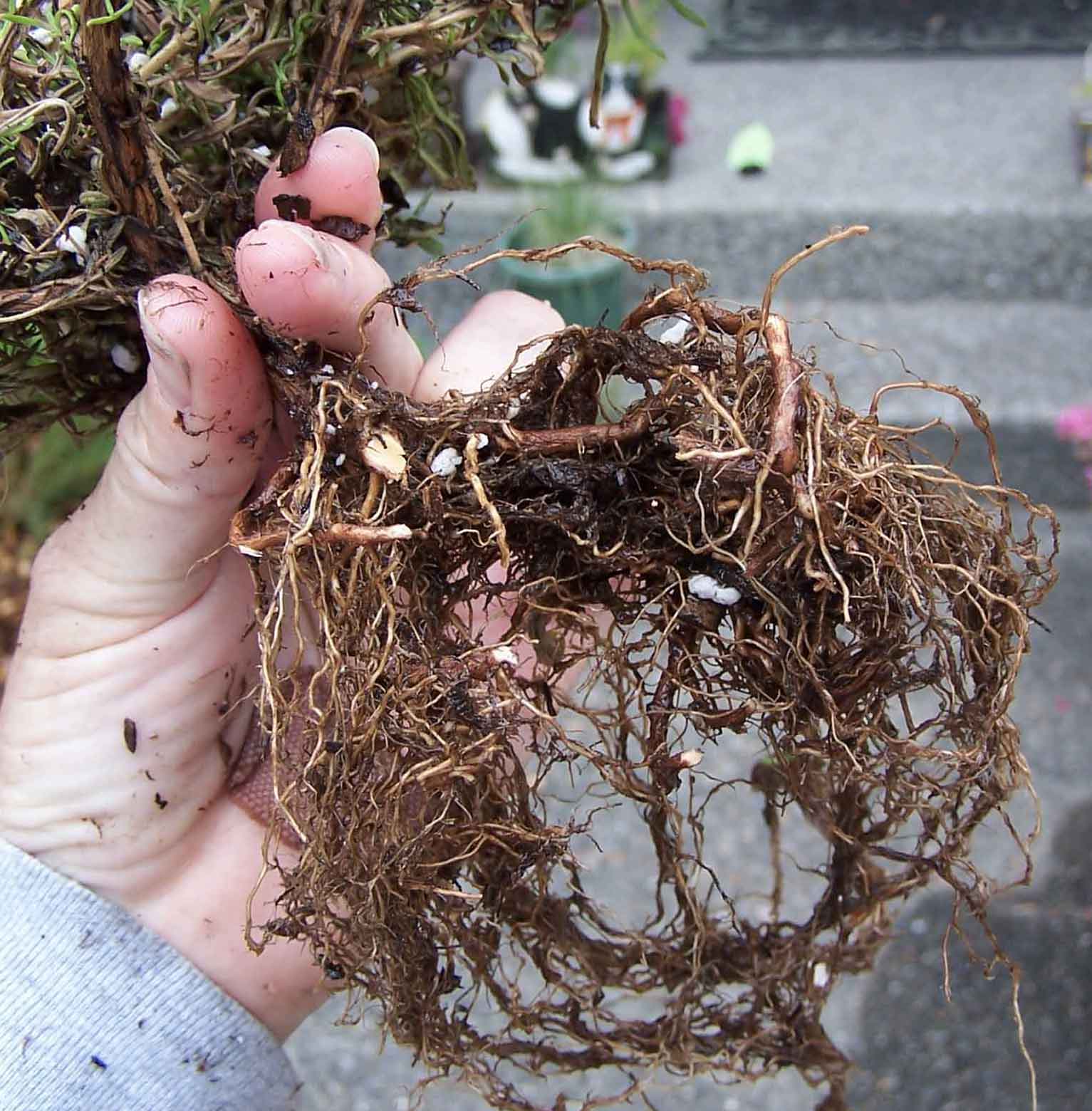
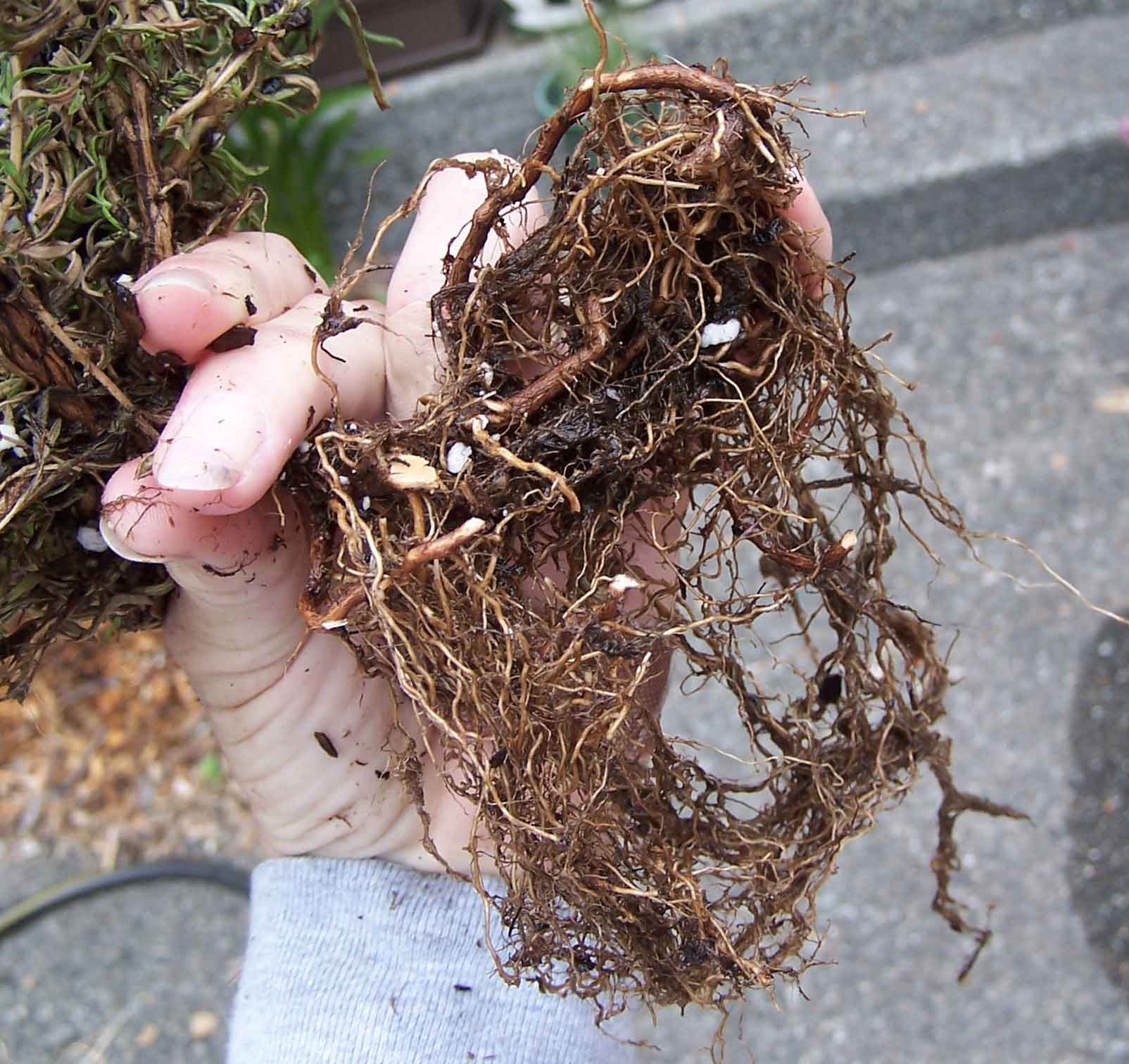
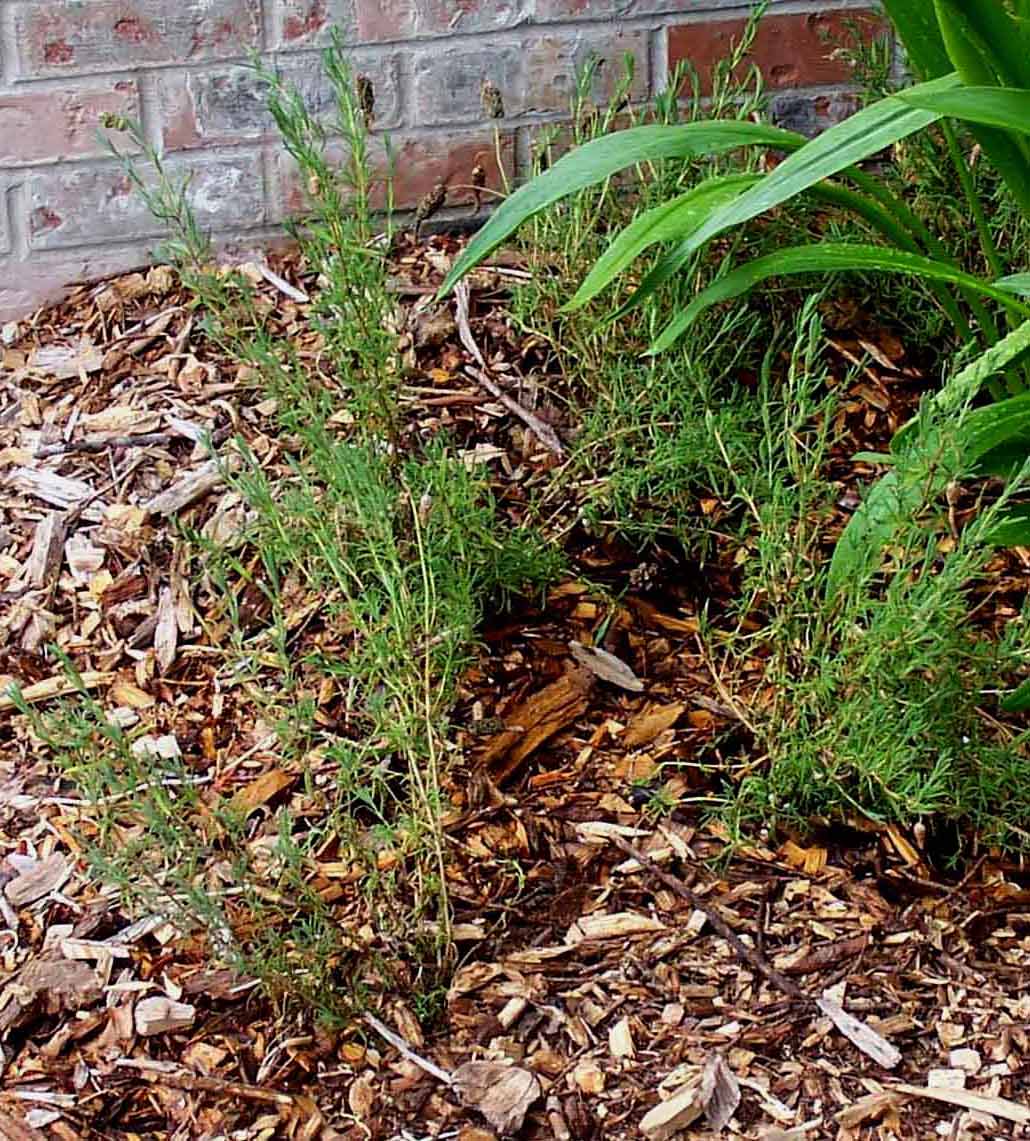
Figure 7. The cut. Figure 8. The spread. Figure 9. In the ground.
This is the worst possible time of year to transplant trees and shrubs (it’s August, after all) and I most definitely put a world of hurt on these roots. But I will say that since I moved them I have been able to reduce irrigation, since the soil holds moisture better than the potting media. I’ll keep track of their progress through the next 12 months. I’m hoping they make it through this summer – if so, they stand an excellent chance of growing a decent root system over the fall and winter.
Back to the cranky part. I really resent nurseries that deliberately bunch small shrubs together in one pot to make them look like one big plant. It certainly cost more to buy this one pot than to buy five smaller pots. If this isn’t deceptive marketing I don’t know what is.







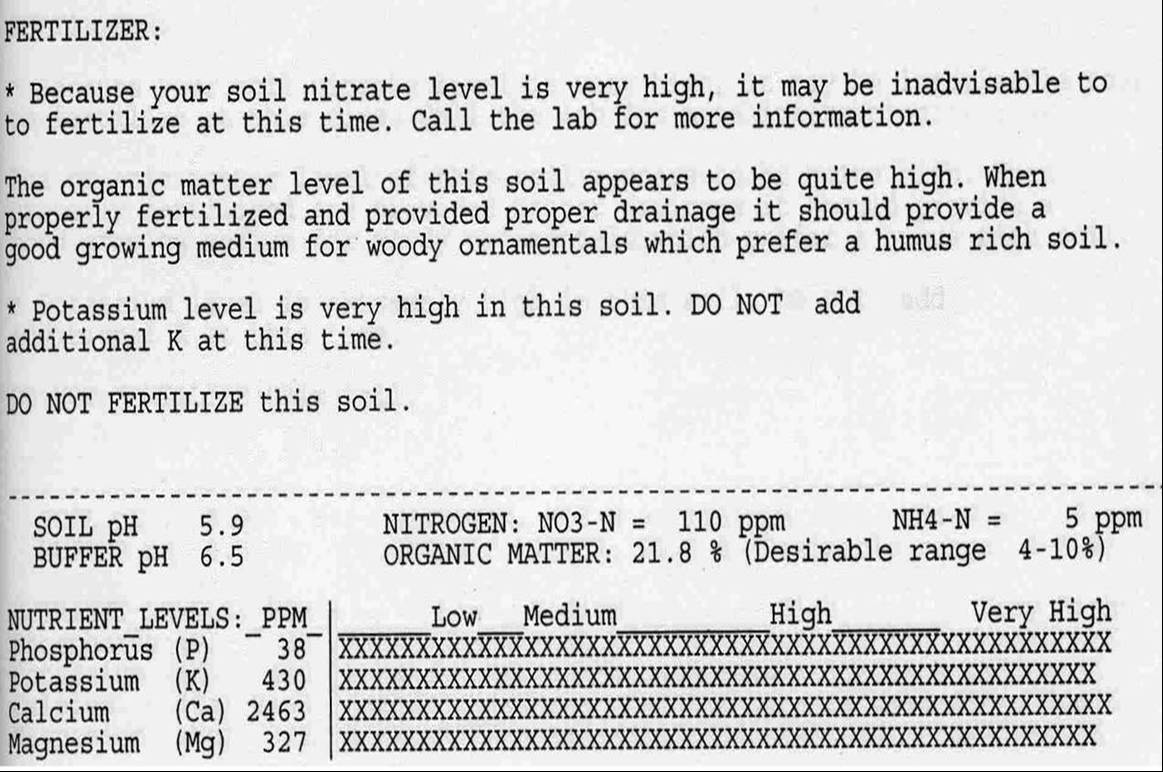 Figure 1. Note the high level of organic material in this soil, which contributes to the nutrient overload.
Figure 1. Note the high level of organic material in this soil, which contributes to the nutrient overload.
